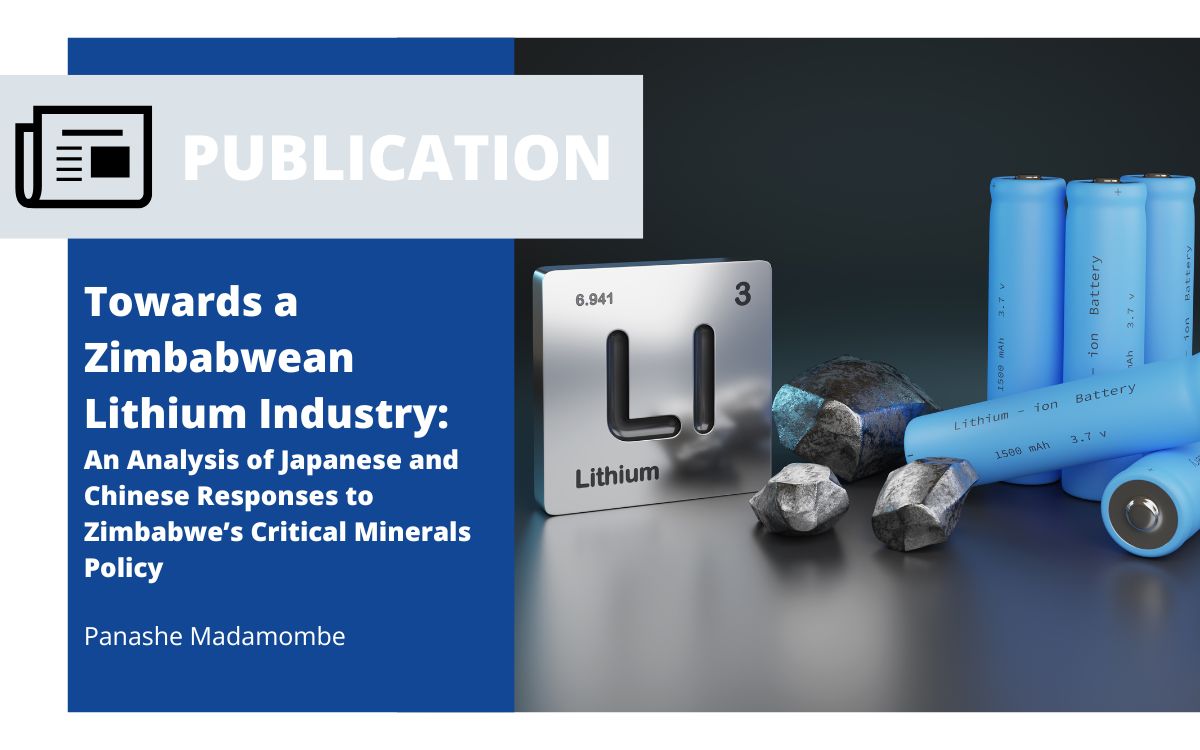Towards a Zimbabwean Lithium Industry

The African Continental Free Trade Agreement (AfCFTA) signed on 21 March 2018 represents Africa’s industrialization ambitions. To increase intra-African trade, governments are enacting value-addition policies that target their current raw mineral exports which collectively account for 70% of the continent’s global exports. By processing raw minerals, states seek to earn more from their exports and process finished products they can trade amongst themselves under AfCFTA.
Africa’s renewed industrialization drive has coincided with calls by Western European and Japanese governments to transition towards a Green Economy which substitutes fossil fuel technologies for less polluting alternatives such as electric cars and solar energy. Consumer demand for these products has resulted in a rush for minerals necessary for manufacturing these green technologies, such as copper, cobalt lithium, nickel, manganese and rare earth minerals. Furthermore, these have been classified as ‘critical minerals’ by EU regulators and the Japanese government in recognition of their importance in manufacturing low emission technologies.
Meanwhile, both China and Japan have been competing to secure their share in Africa’s critical mineral industry.
This report by Panashe Madamombe focuses on Zimbabwe’s lithium industry in particular, which is subject to the country’s relatively new critical minerals policy. How are Chinese and Japanese firms reacting to this policy as they work on developing their critical mineral supply chains? What are suitable policy recommendations for Japanese firms looking to improve their competitiveness?

